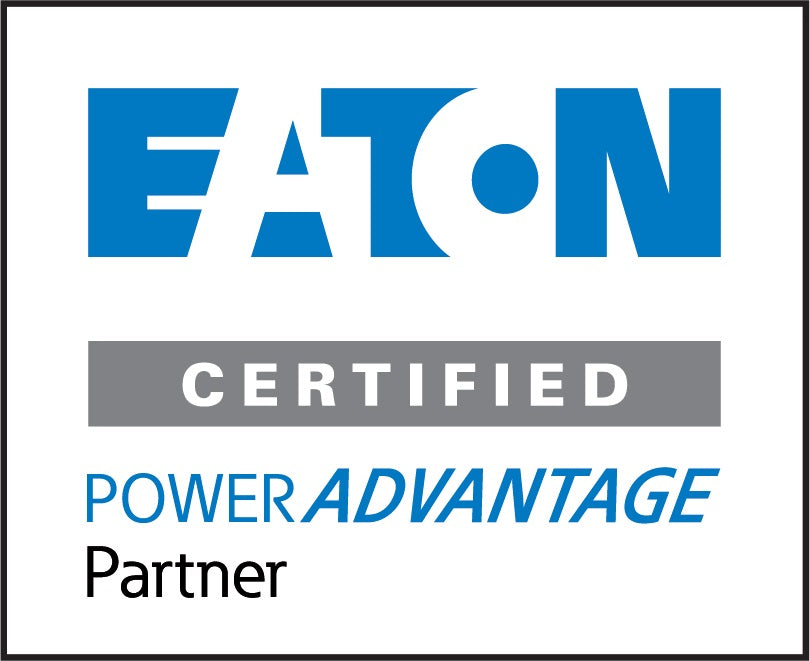Top 5 Features and Benefits of Managing Network Devices Remotely

As technology evolves and the world becomes increasingly interconnected, the necessity to manage and maintain network devices efficiently has skyrocketed. One solution that has gained immense popularity is the remote management of these devices. But what does it entail, and why is it so beneficial? Here, we’ll explore the top five features and advantages of remotely managing network devices.
### 1. **Real-time Monitoring and Alerts**
**Feature**: Many remote management tools provide real-time monitoring of devices. This means you can see how devices are performing, whether they're online or offline, and if there are any issues or potential threats.
**Benefit**: Early detection of problems can lead to faster resolution times. Immediate alerts can be set up to notify the right personnel if a device goes offline or exhibits unusual behavior, ensuring minimal disruption to operations.
### 2. **Centralized Control**
**Feature**: Remote management typically involves using a centralized dashboard or interface, from which all devices in the network can be accessed and controlled. This might include updating device firmware, changing settings, or even rebooting devices.
**Benefit**: Having a centralized control center eliminates the need to physically access each device or location separately. This consolidation not only saves time but also allows for uniform configurations and updates across the entire network.
### 3. **Secure Access from Any Location**
**Feature**: Advanced encryption and secure connection protocols are often built into remote management tools. This ensures that even if you're accessing the network from a coffee shop or another country, the connection remains secure.
**Benefit**: For IT professionals or administrators who may be on the move, this flexibility means they don’t have to be tethered to a specific location to perform their duties. Moreover, with strong security features in place, the risk of unauthorized access or data breaches is significantly reduced.
### 4. **Scheduled Maintenance and Updates**
**Feature**: Many remote management solutions allow administrators to schedule maintenance tasks or software updates. This can be done for a single device or in bulk for multiple devices.
**Benefit**: Scheduling ensures that important tasks are not forgotten and can be carried out during off-peak hours to minimize disruption. Regular updates and maintenance can enhance the performance, security, and longevity of network devices.
### 5. **Cost and Resource Efficiency**
**Feature**: Remote management reduces the need for on-site visits. Whether it's troubleshooting a device or performing routine checks, it can be done without the need for physical presence.
**Benefit**: This results in significant cost savings in terms of travel and manpower. Plus, it allows IT personnel to manage more devices simultaneously, increasing efficiency and potentially reducing the need for large IT teams.
**Conclusion**
Remote management of network devices is not just a luxury but is becoming a standard in today’s fast-paced, interconnected world. It not only streamlines operations and reduces costs but also enhances the agility of businesses, ensuring they remain competitive and responsive. As technology continues to advance, the features and benefits of remote management will only become more pronounced, solidifying its place as a critical tool in network administration.







